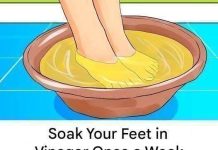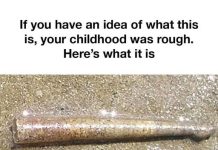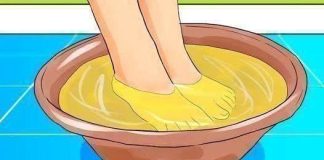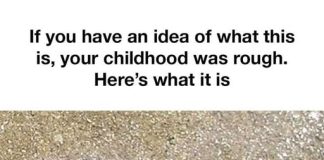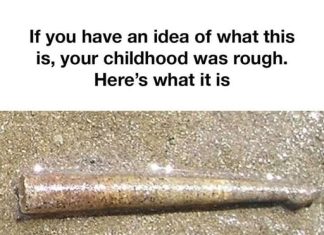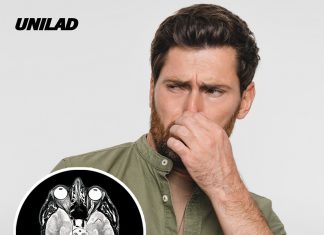Keeping clothes clean, fresh, and bright is a common household goal. While traditional whitening agents like bleach can produce results, they often contain harsh chemicals that can be harmful to both humans and the environment. Fortunately, natural alternatives can effectively whiten laundry while being eco-friendly. Two of the most popular options are sodium percarbonate and hydrogen peroxide, both of which work gently yet efficiently.
Sodium Percarbonate: Eco-Friendly Whitening
Sodium percarbonate is a natural whitening agent that releases oxygen when dissolved in water, helping to remove stains and brighten fabrics. Unlike traditional bleach, it does not produce harmful fumes and is safer for the environment. It works well for everyday laundry as well as for more stubborn stains, making it a versatile option for maintaining bright whites.
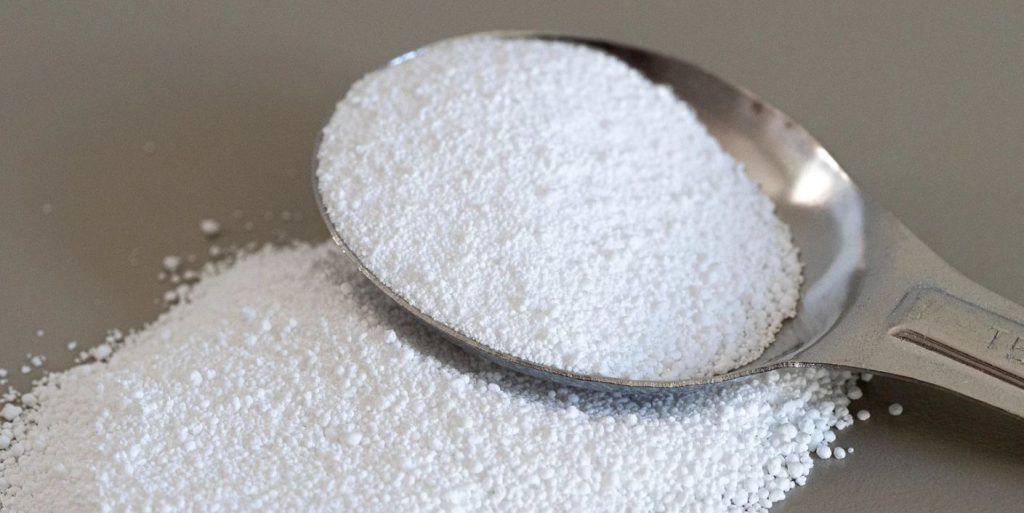
Using Sodium Percarbonate in Regular Loads
For standard laundry cycles, simply add one tablespoon of percarbonate to your washing machine along with your usual detergent. Using hot water enhances its effectiveness, ensuring your clothes come out fresh and bright.
Tackling Tough Stains
For stubborn stains or dingy whites, increase the amount to two tablespoons. The additional whitening power helps lift marks and restores the fabric’s original brightness.
Soaking Method
Alternatively, clothes can be soaked in a mixture of water and percarbonate before washing. This method allows the whitening agent to penetrate deeper into the fibers, particularly useful for heavily soiled items or fabric with age-related dullness. After soaking, wash the clothes as usual for optimal results.
Hydrogen Peroxide: A Gentle Alternative
Hydrogen peroxide is another natural option that can whiten laundry effectively without the harshness of bleach. It works by breaking down stains and brightening fabrics, all while being safer for the environment.
How to Use Hydrogen Peroxide
To use, add half a cup of 3% hydrogen peroxide to your laundry during the wash cycle. It is particularly effective for whites and can also be combined with natural detergents for enhanced results. Hydrogen peroxide is safe on most fabrics, but it is always advisable to check care labels to avoid potential damage.
Pre-Treatment for Stains
For concentrated stain removal, apply hydrogen peroxide directly to the affected area and let it sit for a few minutes before washing. This pre-treatment can significantly improve the appearance of discolored or stained fabrics.
Benefits of Natural Whitening Agents
Both sodium percarbonate and hydrogen peroxide offer multiple advantages over traditional bleach. They are biodegradable, do not release harmful chemicals, and are safer for sensitive skin. Using these natural agents reduces environmental impact while maintaining the freshness and brightness of your laundry. Additionally, these options can prolong the life of your clothes, as harsh chemicals can weaken fabric fibers over time. By choosing natural whitening methods, households can achieve clean, bright laundry in a sustainable and safe way.
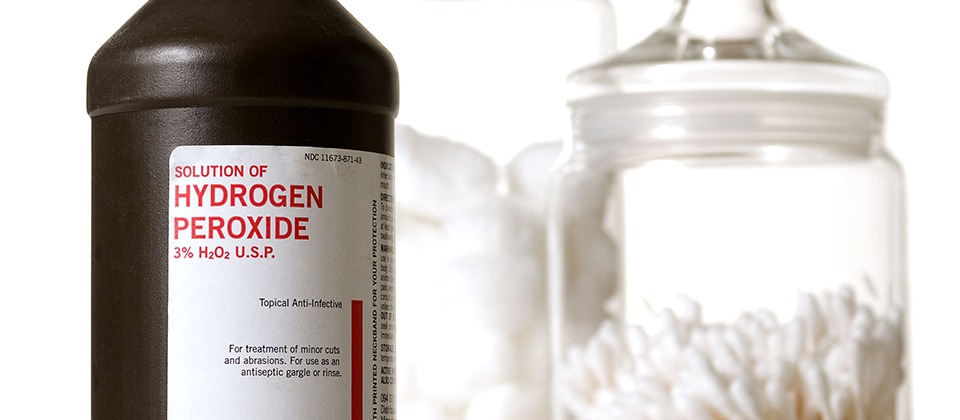
Tips for Maintaining Bright Whites
To keep whites looking their best, consider washing similar colors together, using warm or hot water when appropriate, and avoiding fabric softeners that can leave residue. Regular use of percarbonate or hydrogen peroxide in laundry routines helps prevent yellowing and maintains fabric brightness over time.
Conclusion
Natural whitening agents like sodium percarbonate and hydrogen peroxide provide safe, effective alternatives to traditional bleach. They tackle stains, brighten fabrics, and protect the environment, offering a simple solution for households aiming for fresh, bright laundry without harsh chemicals. Incorporating these methods into everyday laundry routines ensures clothes stay clean, vibrant, and long-lasting


